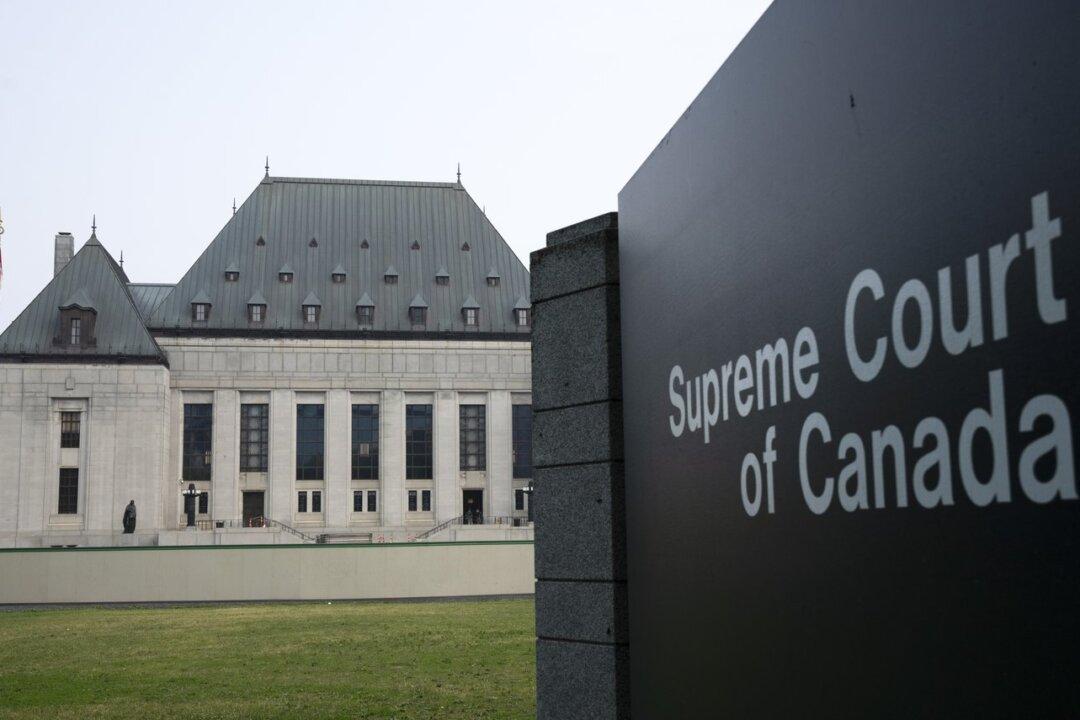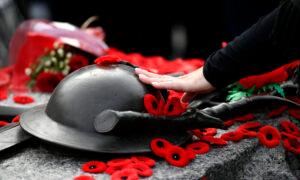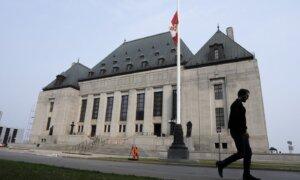Religion’s place in the public space has been put in question recently, both by the cancelling of a Jewish Menorah and nativity scene in Moncton and the military banning chaplains from public prayer.
In both cases, authorities have cited a 2015 decision by the Supreme Court to justify their actions. In both cases also, public backlash forced the authorities to reconsider the moves they said were meant to foster more “inclusion.”
The City of Moncton reversed its decision on Dec. 4 to not display the traditional Jewish Menorah and nativity scene at city hall during the holiday period.
The city said the initial decision to cancel the holiday tradition had been made in concert with the city’s “Workplace Diversity, Equity, and Inclusion Policy” and its Social Inclusion Plan. It also said discussions were held with the New Brunswick former commission on systemic racism.
The Epoch Times reached out to the city but didn’t hear back by publication time.
State Neutrality
The Supreme Court decision refers to a case where a self-proclaimed atheist sued the city of Saguenay, Que., for reciting a prayer before council meetings.The Supreme Court opined that the state must maintain religious neutrality, which results from an “evolving interpretation of freedom of conscience and religion.”
“A neutral public space free from coercion, pressure and judgment on the part of public authorities in matters of spirituality is intended to protect every person’s freedom and dignity, and it helps preserve and promote the multicultural nature of Canadian society,” the court document reads.
This has led to interpretations that religion can be purged from public spaces because it would be unduly imposed on individuals. This ties into the inclusivity argument that since different religions are practiced by different individuals, while others are non-believers, it must be excluded entirely from public spaces.
If the state displays themes from one religion, there automatically is a case that other religions are being discriminated against, goes the rationale.
Religion a ‘Source of Suffering’
While the argument of state neutrality is being advanced, the ideological current promoting “diversity, equity, and inclusion” can have a stated hostility toward religions.It says that “religion can be a source of suffering and generational trauma,” especially for many LGBT individuals and indigenous people. “Some chaplains represent or are affiliated with organized religions whose beliefs are not synonymous with those of a diverse and inclusive workplace,” it added.
Fast forward 22 months and the Chaplain General of the Canadian Armed Forces (CAF) Brig.-Gen. Guy Belisle issued a directive prohibiting military chaplains from reciting prayers during official functions, replacing them with “spiritual reflections.”
Issued on Oct. 11, one month before Remembrance Day ceremonies this year when prayers have been traditionally said to honour the war dead, the new policy caused consternation in the ranks.
The decision was also framed around the principles of “diversity” and “inclusion” and to not offend the non-religious.
Brig.-Gen. Belisle also said the Royal Canadian Chaplain Service (RCChS) had conducted an in-depth analysis of the 2015 Supreme Court decision.
His policy says the court has set “strict standard for religious neutrality by the state, which the RCChS has a legal obligation to abide by. This requirement is aligned with the principle of inclusion that is paramount within the CAF.”
The policy tells chaplains they are to “carefully choose words that are inclusive” and that they should use language “mindful of the Gender Based Analysis (GBA+).”
Brig.-Gen. Belisle also said a committee would be formed to review his prayer ban but that he still supported its “spirit.”







